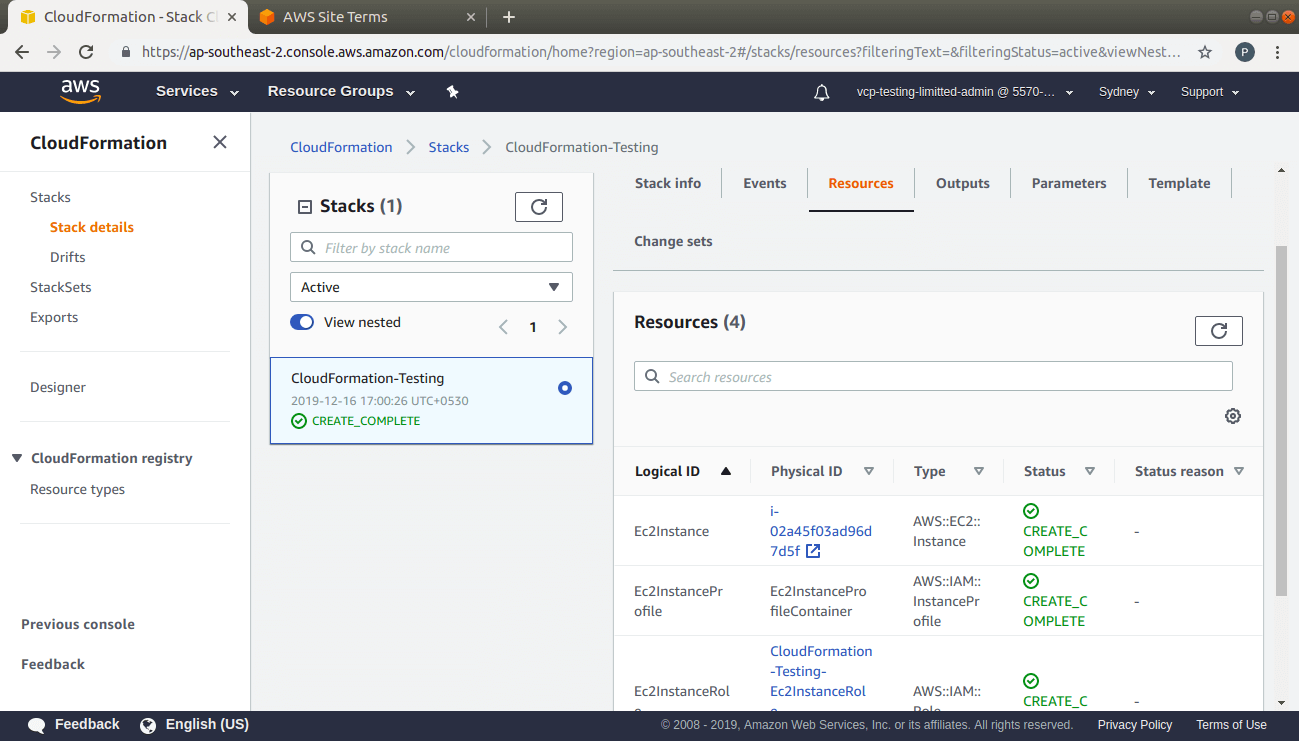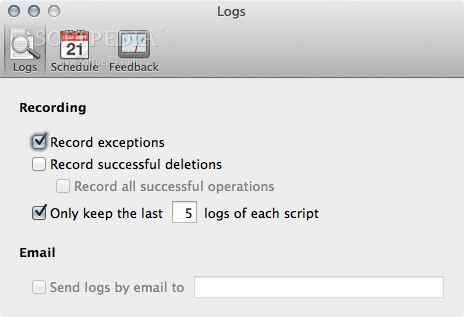

You can enhance security using WORM policies and three types of encryption.ĭesigned for archiving large volumes of data, Glacier and Glacier Deep Archive are the cheapest S3 storage classes. They support various compliance and security standards such as PCI-DSS, GDPR, and HIPAA. S3 Glacier and Glacier Deep Archive support integration with AWS CloudTrail for logging, monitoring, and retaining storage API call activity, allowing you to present audit data to demonstrate compliance. S3 Glacier Deep Archive offers two retrieval options that take 12 to 48 hours to complete.ĪWS offers the biggest global cloud infrastructure, automatically distributing data across at least three Availability Zones in an AWS Region.

Related content: Read our guide to S3 bucket However, the other storage classes may be more suitable for certain backup scenarios. S3 Glacier and S3 Deep Archive are popular choices for backup purposes. S3 Outposts are useful when you need to store data physically near to local applications. S3 Outposts-lets you store S3 objects in your local AWS Outposts environment, using the regular S3 user interface and API.S3 Glacier Deep Archive-is designed to support data that needs to be accessed only once or twice per year.It offers variable retrieval rates, which range from minutes to hours. This tier offers lower prices, but it takes longer to access this data. S3 Glacier-is designed to support archival storage.



 0 kommentar(er)
0 kommentar(er)
